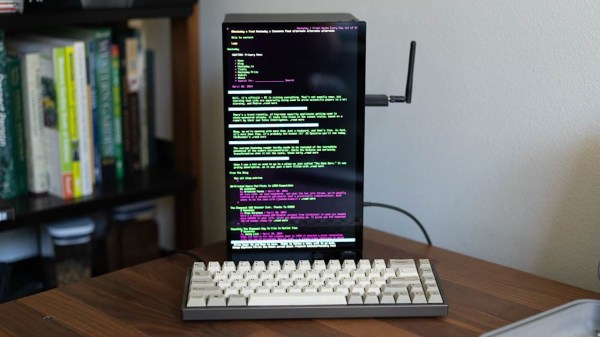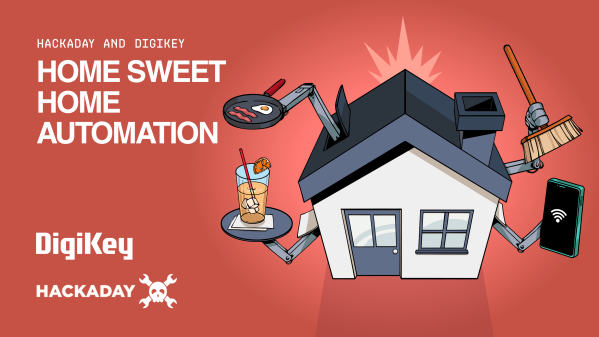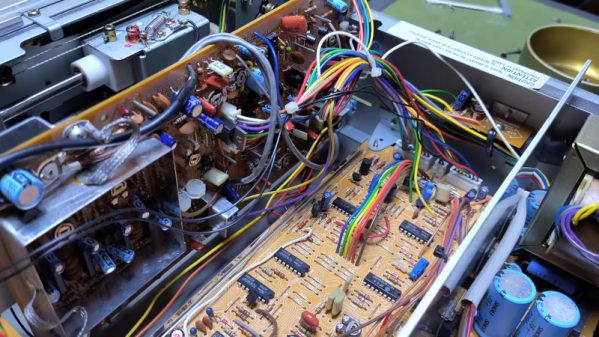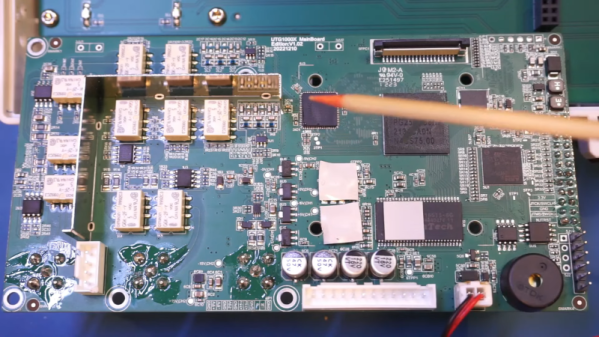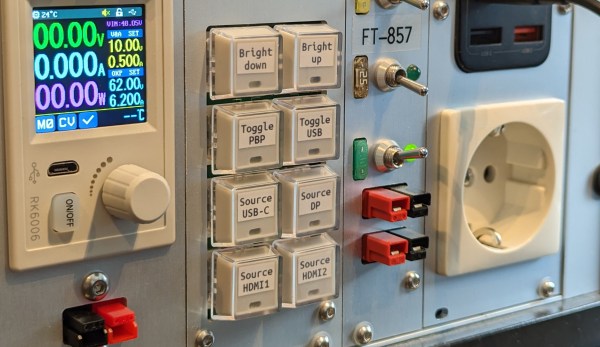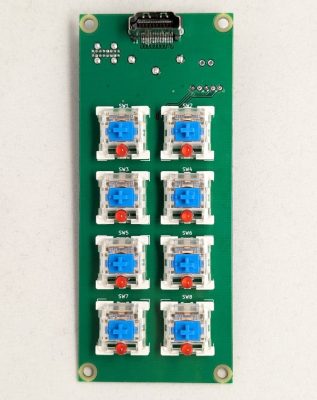Join Hackaday Editors Elliot Williams and Tom Nardi as they get excited over the pocket-sized possibilities of the recently announced 2024 Business Card Challenge, and once again discuss their picks for the most interesting stories and hacks from the last week. There’s cheap microcontrollers in highly parallel applications, a library that can easily unlock the world of Bluetooth input devices in your next project, some gorgeous custom flight simulator buttons that would class up any front panel, and an incredible behind the scenes look at how a New Space company designs a rocket engine from the ground up.
Stick around to hear about the latest 3D printed gadget that all the cool kids are fidgeting around with, a brain-computer interface development board for the Arduino, and a WWII-era lesson on how NOT to use hand tools. Finally, learn how veteran Hackaday writer Dan Maloney might have inadvertently kicked off a community effort to digitize rare documentation for NASA’s Voyager spacecraft.
Check out the links below if you want to follow along, and as always, tell us what you think about this episode in the comments!
Download your very own copy of the podcast right about here.


